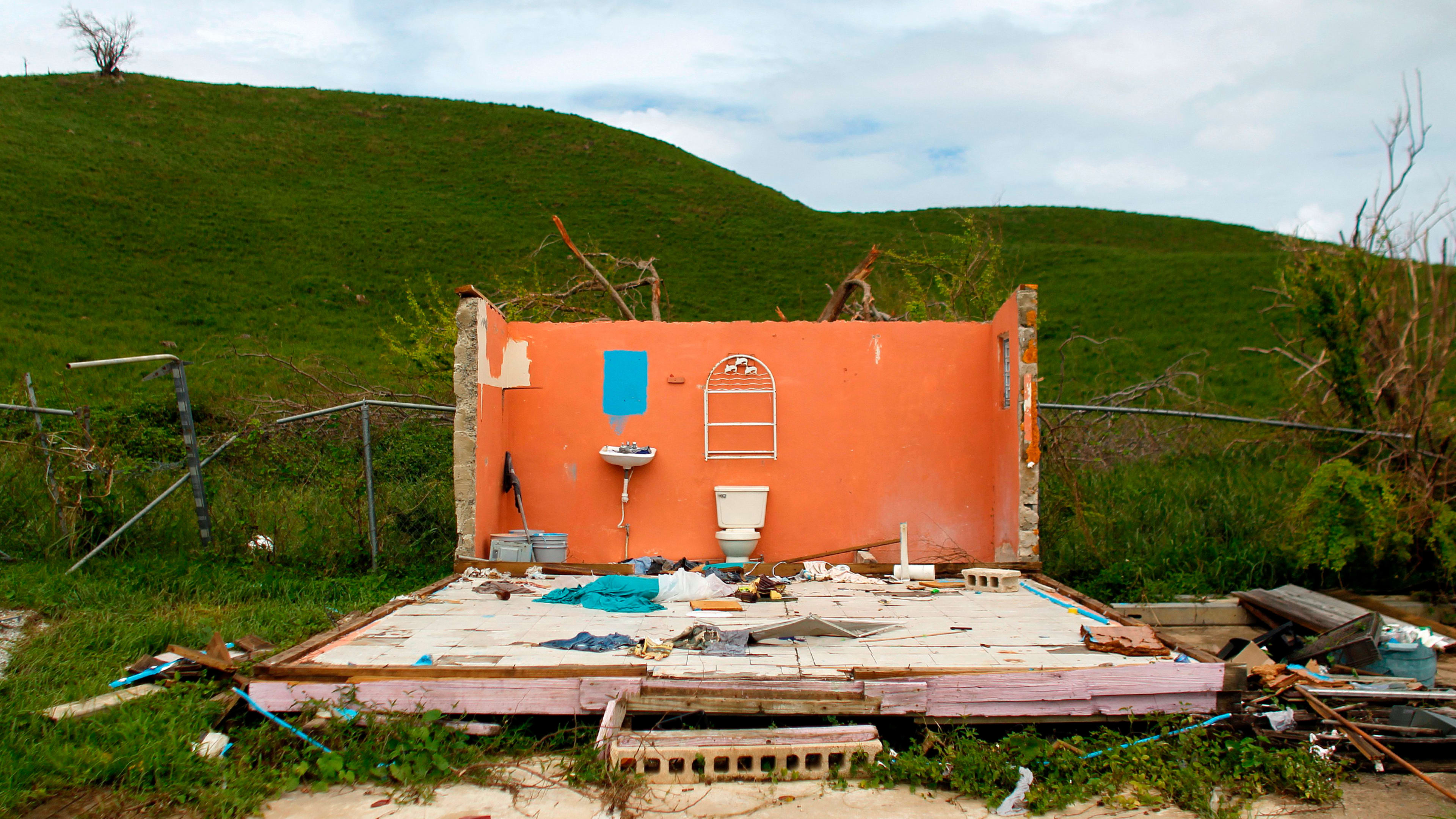When Hurricane Maria hit Puerto Rico in 2017, it took Jonathan Gonzalez three days to reach his mother, who was dealing with long-term medical issues at her home deep inside the island. “My biggest concern was whether or not she was going to be okay,” he says.
She had survived the storm, but the hurricane had torn a wheelchair ramp from the side of her home and caused other damage. Gonzalez helped her file an insurance claim, planning to make a quick repair to the ramp so she could leave the house, but had to wait for the insurance company to come acknowledge the loss. The wait took a year, and then the claim was denied.
“The experience sucked,” he says. “I just couldn’t wrap my head around how the situation was this bad. As a society, is this the best we can do?” Gonzalez, a software engineer, started working with two cofounders to design a better system. Raincoat, their insurance startup, is designed to make payments immediately after a climate disaster—and to help cover losses that most insurers don’t, like the loss of income if a storm destroys the power grid (or roads, or an entire tourism industry) and someone can’t work.
The team spent months researching flaws in the existing industry. “I met with the insurance company, for example, that denied my mother’s claim, because I was really trying to understand what happened,” he says. One issue was that the damage didn’t exceed her deductible, which was hard decipher in his mother’s 40-page policy. Another problem was the complicated list of exclusions; some types of water damage were covered while others weren’t, and after a year, it was even harder to tell what had originally caused the damage. Because of the scale of the disaster, the company didn’t have enough staff to handle claims quickly.
Raincoat, which launched its first product in Puerto Rico in 2021, takes a different approach. It’s “parametric” insurance, meaning that it pays a set amount when a disaster happens, rather than requiring proof of specific losses. The technology models what has happened in previous events, and then makes predictions about the future. The payments depend on the magnitude of disaster and the level of coverage someone buys. It paid out customers relatively small amounts in the days after Hurricane Fiona last year—often $50 or $100, enough to replace food that spoiled after the power went out, for example. In bigger events, people will get more support. (Maria was a Category 4 hurricane; Fiona was a Category 1 hurricane, causing far less damage overall.)
Responding quickly is especially critical for people with less money. Many of the people who died in Puerto Rico after Hurricane Maria “didn’t have liquidity to deal with their situation,” Gonzalez says. In some cases, they couldn’t get medicine. In others, they couldn’t leave their homes. Raincoat’s product is designed to be accessible for lower-income families, with the most affordable version starting at $25 a year. (The service is offered through third parties like banks, partly because the startups realized that it would otherwise be hard to reach customers, some of whom don’t have internet access.)
Other organizations are also working to provide support faster after disasters, like the nonprofit GiveDirectly, which worked with Google to map out neighborhoods likely to be hardest hit by Hurricane Ian last year. Then it sent out notifications to residents through a SNAP app, inviting them to fill out a simple application, and started sending $700 direct cash transfers within 24 to 48 hours.
Raincoat is also working with some Latin American countries to provide FEMA-like services after particular disasters, such as aid to farmers because of a drought—but much faster than FEMA works. “I think the U.S. is a little behind,” says Gonzalez, who wants to bring more of the company’s aid tech to the U.S. The company also plans to expand its insurance offerings, tailored to specific challenges, like wildfires in California.
For the insurance side of its business, the startup faces the same challenge as the rest of the industry: As climate change accelerates, it gets harder and harder to sustain the cost of the damages. In 2022, the industry paid around $120 billion to cover losses. Governments should provide more support, Gonzalez argues. “We either accept that there’s going to be huge parts of the world that are just uninsurable—which I think is a horrible idea to accept, because people will struggle—or we figure out ways to make it financially viable to offer protection,” he says. “But it’s a collective problem.”
Recognize your brand's excellence by applying to this year's Brands That Matters Awards before the early-rate deadline, May 3.
